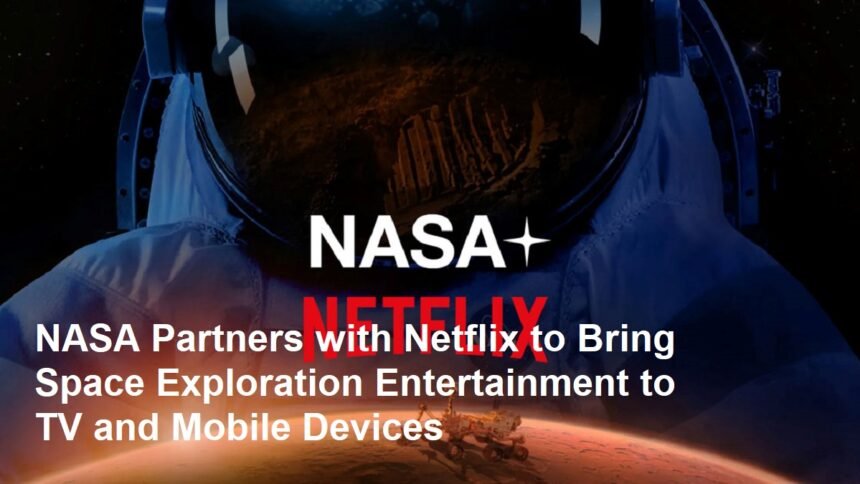Introduction
In an exciting collaboration that blends science with entertainment, NASA has teamed up with Netflix to create immersive space-themed content for global audiences. This partnership aims to bring the wonders of space exploration directly to viewers’ TVs and mobile devices through high-quality documentaries, interactive experiences, and possibly even scripted series. The initiative seeks to educate and inspire a new generation of space enthusiasts while making complex scientific concepts accessible and engaging.
The Vision Behind the Collaboration
NASA has long been a pioneer in space exploration, but its latest venture with Netflix marks a significant shift toward public engagement through digital storytelling. By leveraging Netflix’s massive global reach (over 260 million subscribers), the space agency hopes to:
- Demystify space sciencefor everyday viewers.
- Inspire future astronauts, engineers, and scientistsby showcasing real missions.
- Enhance STEM educationthrough visually stunning and accurate portrayals of space.
Netflix, on the other hand, gains exclusive access to NASA’s archives, expert interviews, and even behind-the-scenes footage from missions like Artemis (Moon exploration) and Mars rover expeditions.
What Kind of Content Can We Expect?
While official titles are still under wraps, sources suggest the collaboration will include:
- Documentaries– Similar to Netflix’s hit series Our Planet but focused on space, featuring never-before-seen footage from NASA’s telescopes and spacecraft.
- Interactive Experiences– Potentially allowing viewers to “control” a virtual rover or experience a zero-gravity environment via their devices.
- Scripted Dramas– Fictional stories based on real NASA missions, possibly starring A-list actors.
- Educational Shorts– Bite-sized episodes explaining black holes, asteroid mining, and future Mars colonization.
Why This Partnership Matters
- Bridging Science and Pop Culture– Space agencies often struggle to make technical details appealing to the public. Netflix’s storytelling expertise can change that.
- Preparing for the Future of Space Tourism– With companies like SpaceX and Blue Origin advancing civilian space travel, public interest is at an all-time high.
- Encouraging Diversity in STEM– By featuring diverse astronauts and scientists, the content could inspire underrepresented groups to pursue space careers.
Challenges and Criticisms
Not everyone is thrilled about the collaboration. Some critics argue:
- “Edutainment” might oversimplify science, leading to misconceptions.
- NASA’s funding comes from taxpayers—should it partner with a for-profit company?
- Could Netflix influence how space missions are portrayed, prioritizing drama over facts?
However, NASA assures that all content will be scientifically accurate, with researchers reviewing scripts before production.
What’s Next?
The first projects are expected to launch in 2025, coinciding with NASA’s Artemis III mission (which aims to return humans to the Moon). If successful, this could pave the way for similar partnerships with other streaming platforms.
Final Thoughts
This groundbreaking alliance between NASA and Netflix represents a new frontier in science communication. By transforming space exploration into binge-worthy entertainment, it has the potential to ignite curiosity, foster scientific literacy, and maybe even shape the next era of space discovery.












